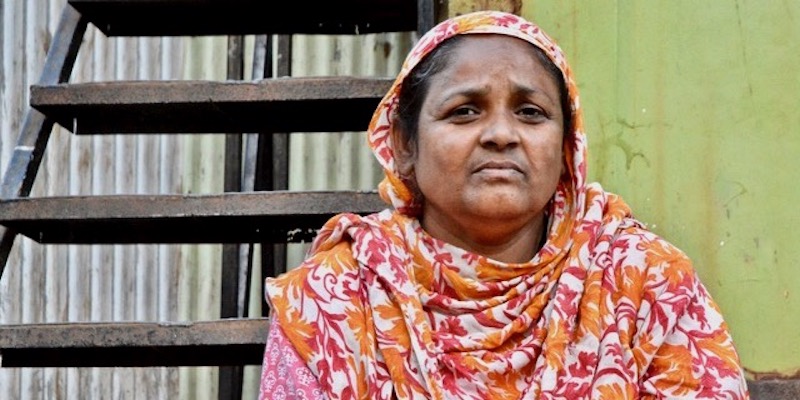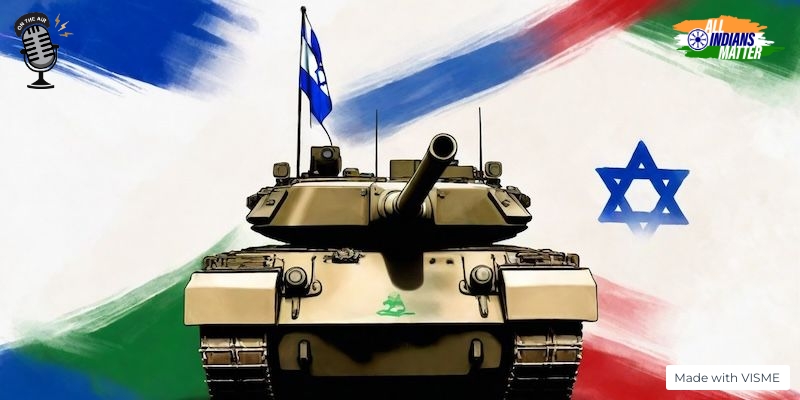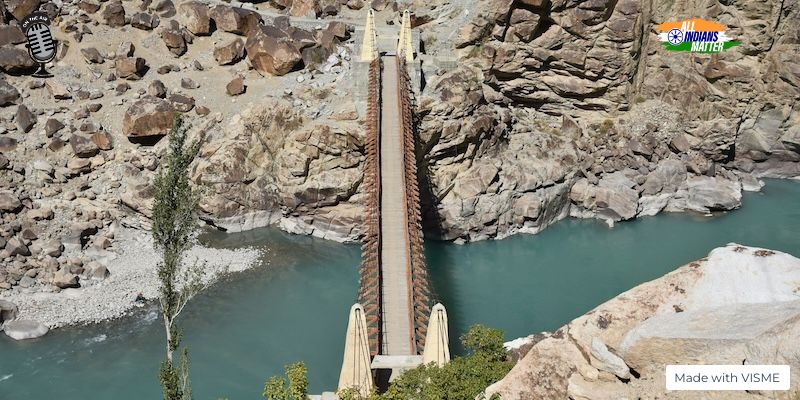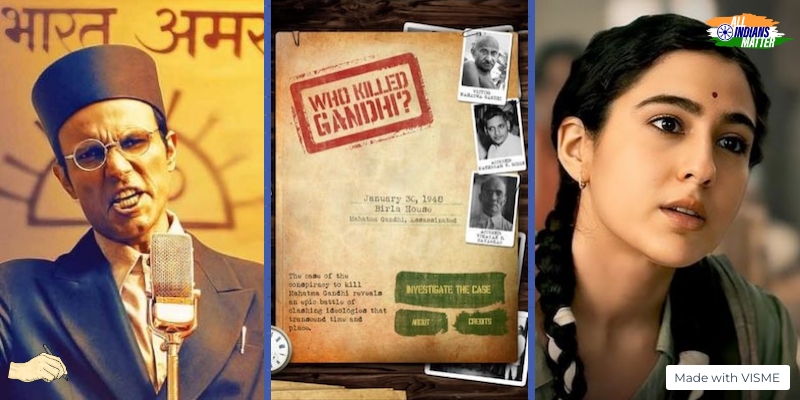This is the second part of a three-part series on communal strife and hate crimes in India. The series comprises two columns and a podcast.
Dilnaz Boga
February 23, 2021
Ayeshabi Abdul Sattar Nadaf (50) (above; picture by Mustafizur Rahman) sells fish to eke out a living in Mumbai. “When I was married, I used to be so timid that I could not even go to a shop and ask for something,” she recalls with a smile. Since then, life has taught her plenty.
On January 3, 1993, her husband, 30-year-old Abdul Sattar, a stove repairer, was stabbed and burnt to death in Kandivali, a western suburb of the violence-stricken metropolis. Abdul had been looking for his brother who was rumoured to have been killed in the violence of what are referred to as the ‘Bombay riots’, which left over 900 dead. The communal violence in December 1992 and January 1993, set off by the destruction of the Ayodhya mosque, was a Shiv Sena-organised pogrom against Muslims in Mumbai.
Two days later, Ayeshabi escaped with her two small daughters and son – all under the age of 10, and never returned home. She went to her father’s house a few suburbs away. “Our mosque was demolished and so were two Muslim homes nearby. There was so much violence around us, I was worried for my children… our lives. We were told by an acquaintance that rioters asked my husband to chant ‘Ram, Ram’ [a Hindu religious slogan], but he refused, so they stabbed him and set him on fire.”
Men from Ayeshabi’s neighbourhood caught up with her and first stoned her house, ransacked it and then demolished it.
Ayeshabi is only one of the countless permanently displaced by violence during riots in India. National figures for this section of permanently internally displaced people (IDPs) in riots do not exist but killings rooted in communal polarisation are prevalent to this day.
Almost three decades later, many people are continually being displaced within India’s borders as a result of conflict and violence, second to disasters – the primary driver of displacements. The Internal Displacement Monitoring Centre (IDMC), a Geneva-based international agency, says that India accounted for most of South Asia’s new displacements between 2018 and 2019.
An IDMC publication that the number of girls and women in India bearing the brunt of this were as high as 230,000.
Trauma upon trauma
The lasting impact of these cycles of violence is clear. What troubles Ayeshabi now, even more than the psychological trauma, is the fact that her children grew up without a father. “My daughter Asma, who adored her father, would be crestfallen upon seeing other children with their fathers after his murder.”
In most recent times, lynchings of Muslims and the televised violence of riots in Delhi in 2019 have brought back brutal memories for Ayeshabi. “These days I cannot sleep well. Delhi reminds me of what we endured as a family. My children had to quit school. It was a matter of survival. There is too much tension here even now, but where can we go? We were born here, and we will die here.”
In India, ethnicity-based violence has been endemic since Independence, according to ethnicity theorist Paul Brass in his book Theft of an Idol: Text and Context in the Representation of Collective Violence. In present times, violence instigated by complex political structures reaps electoral benefits through the strategic polarisation of the public.
The anti-Muslim riots in Godhra in 2002 appears to offer a tragic illustration of what Brass refers to as an “institutionalised riot system” in his book Forms of Collective Violence: Riots, Pogroms, and Genocide in Modern India.
In Gujarat, over 2,500 were murdered by Hindu mobs and 200,000 families displaced as the BJP-led state government, under then chief minister and current Prime Minister Narendra Modi, refused to intervene.
Analysing the effect of riots on the vote share of Hindu nationalist parties, a Yale study shows that “the BJS/BJP saw a 0.8 percentage point increase in their vote share following a riot in the year prior to an election”.
The burden of rehabilitation
Displacement associated with conflict is a regular occurrence, but it can be complex to track and obtain comprehensive data on it because conflicts are very localised, and are often linked to identity and ethnicity. The fate of people displaced in India constitutes a significant information gap, particularly for those who do not live in formal camps or resettlement areas. No comprehensive humanitarian assessment of IDPs’ needs has been conducted at the national level.
But Misbah Rashid, a research and documentation officer at the Centre for Equity Studies, is trying to do just this. Her three-year project on riots aims to collect testimonies from people affected by riots in India that took place between 1961 and 2013.
While documenting testimonies from the Bhiwandi riots, she met an affluent business family that was sheltering workers in the compound of their house where 32 of them were killed. “In 1970, the family shifted due to a riot. In 1982, they shifted again to Mumbai and in the riots of 1992 they had to shift once more.”
Javed Ansari (54), whose family was uprooted several times over several generations, shares a similar story. “Our family was hit by the Uttar Pradesh riots about 150 years ago, according to the story I was told. My father migrated to Kurla, in Mumbai, as a young man, where he completed his studies. We had a big house there. Because of the riots, we moved again to Kalyan.” Born in 1966, Ansari’s family had moved to Bhiwandi where he is adamant he and his siblings lived an idyllic life on a farmhouse his father built on 28 acres.
The family had a good rapport with those from adjoining villages. However, on May 17, 1984, armed mobs attacked the property for two days. “People from the slum (including Hindus) close to our farmhouse ran to us for shelter. My father was in contact with the police, but they were not helpful. We were surrounded by around 5,000 people chanting slogans. It was a military-type of operation. We held out all night.”
The mob, Ansari says, was armed with guns, swords and explosives. “For each person in the farmhouse there were 100 people outside. We had guns but not enough cartridges. Finally, they broke in and the goriest violence took place,” he remembers.
As the women and children were locked safely in the farmhouse, they survived. But the others were not spared. The mob gathered the victims, poured kerosene on them, and asked them to run.
“They were hunted. Some of them had their guts ripped open and then set on fire, while others’ private parts were chopped off. This lasted for four-and-a-half hours,” Ansari recalls.
In this incident, 32 were killed, out of which three were Hindus; 28 bodies were recovered, and four bodies were found in a well.
Policing riots
Shambuk Uday, a member of All India Students Federation, lives close to Bhiwandi, Maharashtra’s power loom centre which lies 31 km from Mumbai. Concentration of Muslim populations in cities and towns is often described by the right-wing as “mini-Pakistan”. Bhiwandi is one such area.
In the past, several people from rural parts of Bhiwandi were permanently displaced because of police atrocities. People fled from Muslim-majority villages such as Pagda, Borivali and Mahpauli in rural Bhiwandi due to constant harassment by the police and agencies, alleges Shambuk.
Asrar Ansari, part of the anti-communal movement in Bhiwandi, concurs: “I was 19 years old when I witnessed the May 7, 1970, riots here. The police have always played the role of aggressors, supporting rioters – they shoot the poor and protect those who are violent towards the minority community. This has been their traditional role. The Justice Madan Commission report concluded the same.”
Justice remains elusive in most cases as it takes years for trials to begin and end. In fact, those who stand up to the state to criticise complicity in riots have been targeted.
In Gujarat, social activist Teesta Setalvad closely documented the devastation and displacement that affected the community during and after the riots. Setalvad’s testimony at the US Commission on International Religious Freedom against the state (BJP) government, then headed by Modi, led to the US denying him entry to the country in 2005 due to his role in the Gujarat riots which lasted from February to May 2002 in which many rapes were reported, 2,000 Muslims were killed, and over 200,000 were displaced.
Boundary lines
Ahmedabad-based journalist Nachiketa Desai, who covered the Gujarat riots, shares his observations: “Muslims were at the receiving end and they became refugees overnight. Around 400 lower-to-middle-income families moved from eastern Ahmedabad, the old town, to Juhapura, the posh western part of the city in 2002.” Juhapura is now the largest ‘Muslim ghetto’ in the state, he laments.
One of the major investigations by Desai suggested that Muslim businesses were deliberately and strategically targeted by militant Hindu groups to induce a demographic change.
Referring to his story published in The Telegraph on January 10, 1992, Desai recollects: “I had interviewed Vishwa Hindu Parishad (VHP) leader Pravin Togadia, who boasted that the VHP had undertaken a census and land record survey to take stock of the real-estate ownership pattern among Hindus and Muslims in over 18,000 villages, towns and cities of the state.”
The survey, Togadia said, “would provide the VHP leadership with the necessary data that would help formulate short-term and long-term strategies for ‘protecting’ the interests of the Hindu community in ‘sensitive’ areas.”
In order to stem the demographic spread and economic growth of Muslims, Togadia explicitly stated that the VHP would draw up a “boundary line” in all major towns and cities beyond which Muslims would not be allowed to cross.
Since then, there have been a multitude of communal riots etched in the subcontinent’s post-colonial history. More recently, vigilante cow protection groups harassed and attacked people in states such as Gujarat, Haryana, Madhya Pradesh and Karnataka in the name of upholding laws prohibiting the killing of cows.
Concentrated principally in four of 28 Indian states, there have been more than 33,000 Hindu‐Muslim riots since 1947.
Studies, both national and international, have concentrated on the trajectory and the structure of communal violence that is steeped in politics. But there is a need for a longitudinal study on the survivors, the after-effects (social, economic, psychological) of displacement to understand the real toll it has exacted on the public.
This article was first published on Newint.org






